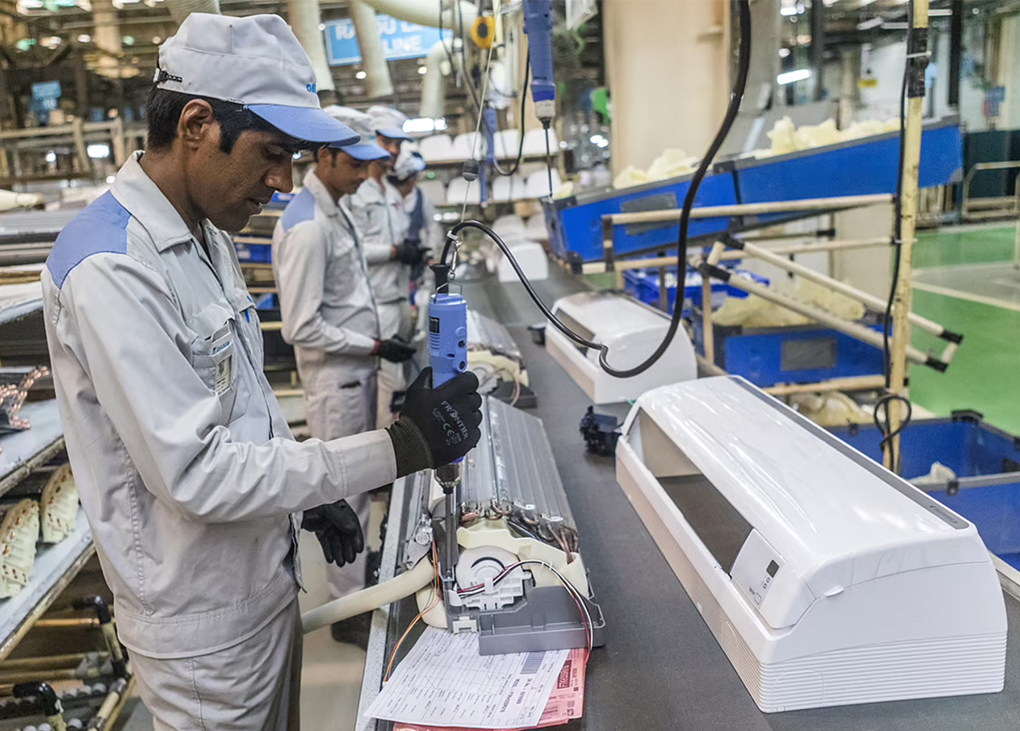The government of India has banned the import of air conditioners with refrigerants. In a move aimed at encouraging local production, the Director-General of Foreign Trade (DGFT) has issued a notification banning the import of split AC system and other air conditioners with refrigerants – moving them from “free” to “prohibited” category.
The country had in June put the import of television sets under a restricted list, asking importers to seek licenses from the DGFT. The AC import ban prohibits imports of any kind.
The domestic market of air conditioners in India is believed to be worth around US$5-6bn ($7-8.4bn). The import curbs are intended to boost the manufacturing and sales of locally made air conditioners, in line with the government’s Aatmanirbhar Bharat mission.
Iain Campbell, who had been working closely with contestants of the Global Cooling Prize, said the ban almost had an unintended consequence for the innovation competition.
The Global Cooling Prize is designed to spur development of a radically more energy-efficient cooling technology. The finalists’ prototypes were recently installed for performance testing at the field test site in Bahadurgarh, India.
“I would say we were very fortunate to have received the Global Cooling Prize finalists’ prototypes in India at the test locations prior to the ban coming into effect – this would have been a very unfortunate side effect of this decision.”
The finalist teams include some of the world’s largest air conditioner manufacturers, start-ups and corporations, and one university. The prize-winning innovation must have at least five times less climate impact than standard residential/room air conditioners (RAC) units in the market today.
“I do not know where the decision came from but do believe the motivation was economic to support the Make-in-India initiative,” Campbell says.
“I believe it will incidentally have environmental impacts as the products being imported were subject to a 10-15 per cent import duty (excluding IGST) so to be competitive after application of this tariff, I would assume these would have been lower efficiency/lower priced models primarily from tier 2 Chinese suppliers.”
Most imported air-conditioners are filled with refrigerants. India imported split ACs worth US$469m ($658m) in FY20, including US$241m ($338m) Chinese products and US$189m ($265m) from Thailand.
“At a macro level rather than a ban for economic reasons – protectionism and isolation are generally not the friends of global innovation,” Campbell says.
“I would have rather seen a move through increased MEPS (Minimum Energy Performance Standard) to remove the bottom tier of products (whether manufactured domestically or imported) which may have had a similar effect but would have also encouraged a ‘race to the top’.”
Major foreign players such as Daikin, Samsung, LG, Carrier Midea and Panasonic are unlikely to be hurt by the ban, since they already have factories operating in the country.



Leave a Reply